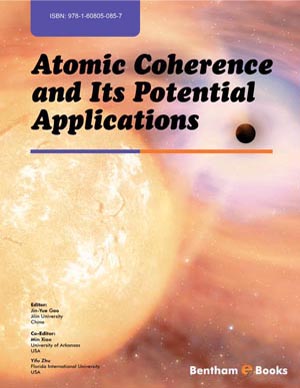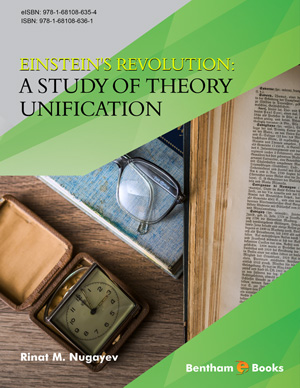Abstract
Drag reduction for a uniform velocity flow past a sphere with highly waterrepellent surface and a gas liquid interface has been investigated experimentally and analytically for Reynolds numbers ranging from 10 to 104. The surface of a sphere had high water repellency (contact angle of ~150°) and the gas liquid interface exists at the surface with many fine grooves. Experimental results showed that the separation point of the boundary layer around a sphere moved downstream compared with that of a smooth surface sphere. It was also shown, by measuring the sphere drag, that drag reduction for a sphere with highly water-repellent surface occurs at Reynolds numbers less than 104 and that the maximal drag reduction ratio is 28.5 % at Re = 7.2. By considering that such a phenomenon occurs due to an apparent fluid slip at the gas liquid interface of a hydrophobic surface, the flow patterns around a sphere were analyzed by applying the gas liquid two-phase model at the surface proximity. Results of numerical simulations were obtained for Reynolds number ranging from 100 to 450. The boundary condition for fluid slip was given by assuming an effective slip boundary condition of the surface. A comparison of the simulation results with the experimental results shows a close agreement concerning the flow patterns of the wake and drag coefficient.
Keywords: Drag reduction, external flow, sphere, flow drag, highly waterrepellent wall, wake, gas-liquid interface, numerical simulation, fluid slip, drag coefficient, falling ball test, flow pattern, separation, pressure profile.








.jpg)




